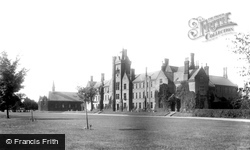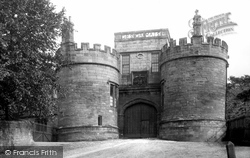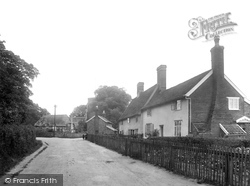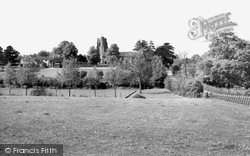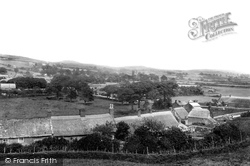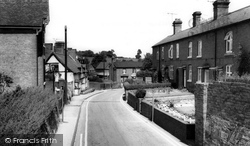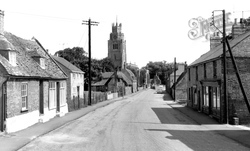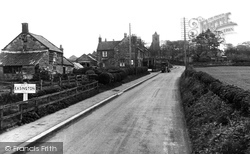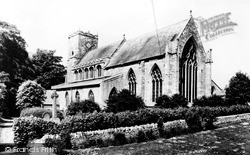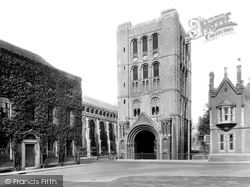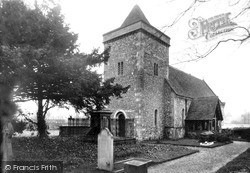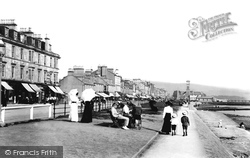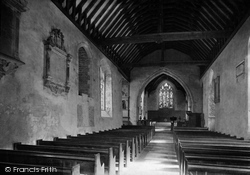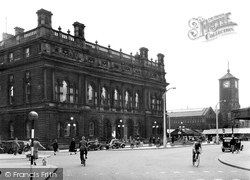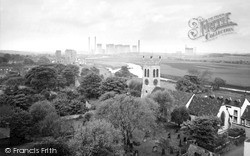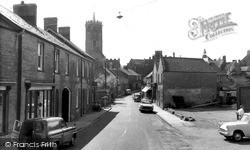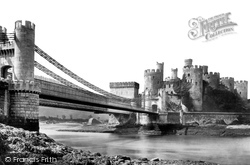Places
36 places found.
Those places high-lighted have photos. All locations may have maps, books and memories.
- Poplar, Middlesex
- Bow, Middlesex
- Bethnal Green, Middlesex
- Stepney, Middlesex
- Alton Towers, Staffordshire
- Isle of Dogs, Middlesex
- Limehouse, Middlesex
- Spitalfields, Middlesex
- Barjarg Tower, Dumfries and Galloway
- Bromley, Middlesex
- Stratford Marsh, Middlesex
- Tower Hill, Merseyside
- Tower Hill, Essex
- St George in the East, Middlesex
- Wapping, Middlesex
- Globe Town, Middlesex
- Old Ford, Middlesex
- Cubitt Town, Middlesex
- Tower Hill, Cheshire
- Tower Hill, Surrey
- Bow Common, Middlesex
- Mile End, Middlesex
- Millwall, Middlesex
- Ratcliff, Middlesex
- Warmley Tower, Avon
- Tower Hill, Hertfordshire
- Tower End, Norfolk
- Tower Hamlets, Kent
- Tower Hill, Devon
- Tower Hill, West Midlands
- Blackwall, Middlesex
- North Woolwich, Middlesex
- Hackney Wick, Middlesex
- Shadwell, Middlesex
- South Bromley, Middlesex
- Tower Hill, Sussex (near Horsham)
Photos
1,787 photos found. Showing results 1,821 to 1,787.
Maps
223 maps found.
Books
1 books found. Showing results 2,185 to 1.
Memories
637 memories found. Showing results 637 to 637.
Captions
3,007 captions found. Showing results 2,185 to 2,208.
South-west of the town centre, along the Ampthill Road, on a large site between it and the railway line, the County Schools were built in the 1880s on a grand plan with a massive tower and,
At the end of the siege, the garrison was accorded the honours of war, and the castle was ordered to be slighted so that cannon could no longer be mounted on its towers.
Originally the fort comprised a two-storey building with a north tower and a gatehouse.
The church tower still has a 14th-century bell frame, a rare survival. The thatched Old Parsonage at the end of the road is late 15th-century. The exposed timbers have been plastered over.
The church of St Peter, with its 14th-century tower made entirely of wood and supported inside by a framework of huge oak timbers, also has a 13th-century chancel and a south aisle added a hundred years
Although much of the building was rebuilt in Victorian times, the tower dates from 1535. The decoration includes the mullet (or star), the badge of the de Veres.
Closer is Shipton Hill at 558ft (left of centre) with Chilcombe Hill rising to 640ft (behind the church tower).
St Thomas' church tower can be seen above and behind the roofs of the shops.
The church on a hill commands the scene; it has a 14th-century tower and a slender spire, with a newer nave and chancel designed by the Victorian architect G F Bodley.
The two octagons of the tower can be seen for miles around, and were used as a beacon by those travelling by boat through Willingham Mere.
The distinctive tower of Easington parish church dominates the centre of this view.
Much of All Saints' Church was destroyed in a big fire in the town in 1675, though the medieval tower survives. The clock face has changed, and the trees and the tram wires have long gone.
The tower of the church of St Peter was rebuilt in the 18th century after the previous one fell down.
This and the adjoining Tower House in the churchyard are wonderful examples of early Victorian Gothic revival architecture.
The 15th-century tower of the church stands on Norman foundations, and houses the tomb of the last abbot of St Augustine's abbey at Canterbury who, at the time of the Dissolution, was given the manor
St Michael's at Wilsford has herringbone flintwork and a large unbuttressed Norman tower on the west end.
In the distance and slightly to the left of the clock tower is the obelisk erected to the memory of Henry Bell, who built the first steam-powered vessel to sail on the Clyde.
It is basically a late Norman and early 13th-century building, but it was much changed in the 14th and 15th centuries, including the battlemented west tower; its interior is relatively plain,
The foundation stone for the Towen Hall was laid on 29 October 1852 by Joseph Fielden, and it was opened on 30 October 1856.The total cost was £29,428 16s 3d.The clock tower and the Market Hall are
In the distance the modern cooling towers of Ferrybridge Power Station and in the middle distance the Aire and Calder Navigation parallel with the River Aire.
This church was built on a steep hillside between 1859 and 1861, but the tower and spire were added between 1884 and 1886. The architect was the popular John Norton of Bristol.
Here, at the junction of St Mary Street and Castle Street on the right, which leads to the Norman castle ruins, is the Clock Tower of 1897 topped by its timber belfry and weathervane.
Its graceful parish church, dedicated to Saints Peter and Paul, is dominated, as is the town, by its octagonal crossing tower.
The slope of the rock on the south side was such that it would have been impossible to mount an assault from that direction using battering rams or siege towers.
Places (38)
Photos (1787)
Memories (637)
Books (1)
Maps (223)




